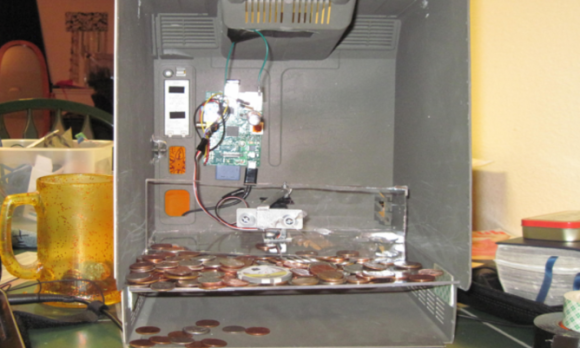
Arduino has made a name for itself by being easy to use and has become an excellent tool for rapid prototyping of an idea. If one wakes up in the middle of the night in a eureka moment and hammers out a contraption – using an Arduino as the brains is about as fast and easy as it gets.
With that said, the WIDGEDUINO aims at making this process even faster and easier. Bristling with an array of meters, graphs and data entry widgets, the WIDGEDUINO is sure to be a hit with hackers, makers and engineers alike.
It’s based on the .NET framework and was designed with Visual Studio Windows Presentation Foundation. The user simply writes a sketch using the WIDGEDUINO library, and connects to a PC via serial or Ethernet to gain access to the assortment of awesome widgets.
You can find a few examples here. We hope the creators will keep us updated on the progress of this impressive project. Be sure to stick around after the break for a video demonstrating what the WIDGEUINO can do.

















